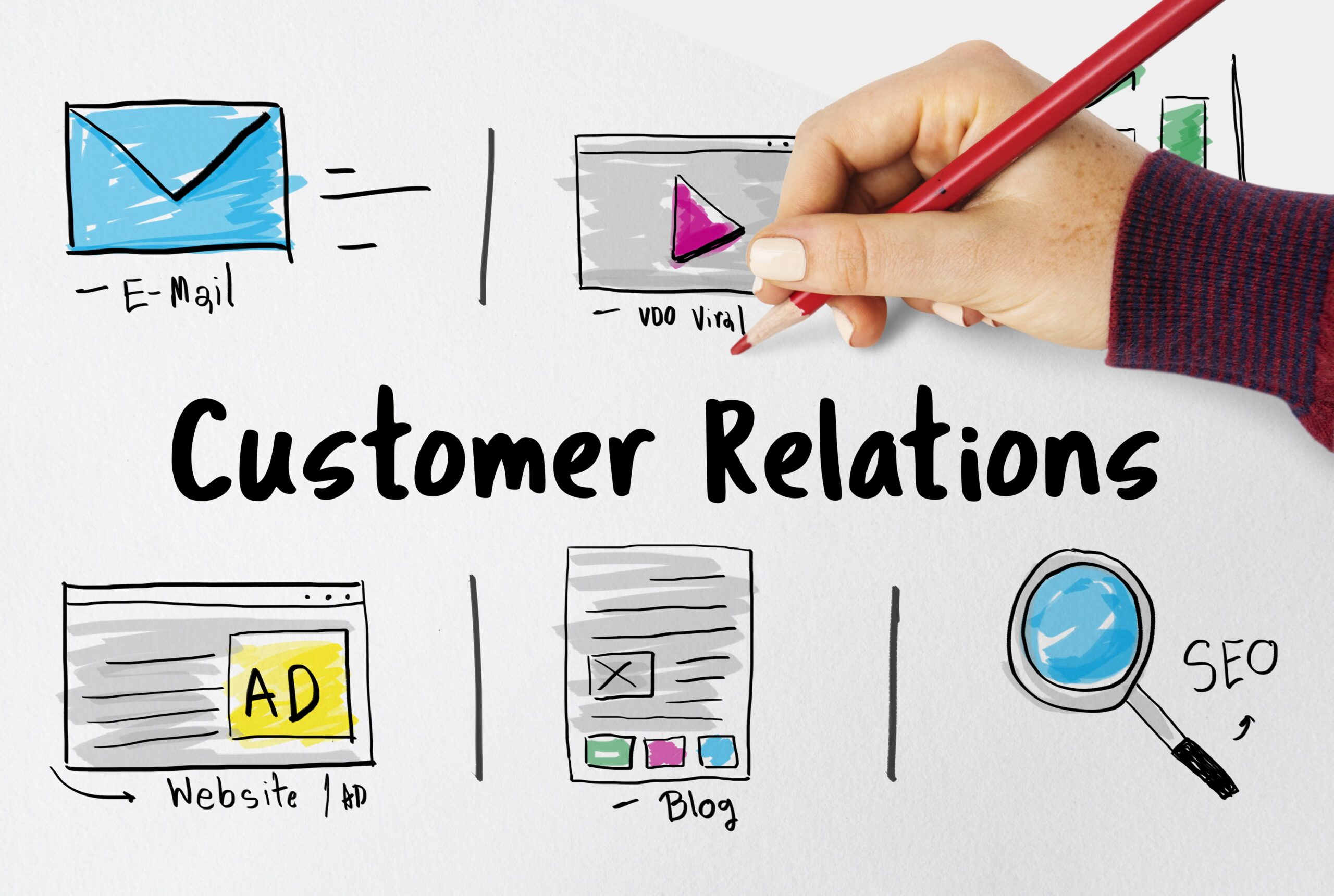Maximizing Email Deliverability
I’m sure you’ve heard of email deliverability. But do you know what it actually is? In this article, We are going to take a look at email deliverability, the benefits of improving email deliverability, the average email deliverability rate, the factors that affect email deliverability, how to use email deliverability testing tools, and the role of phishing nets in casting the net for deliverability. So, if you’re looking to maximize your email deliverability, then keep reading!
What is Email Deliverability?
Email deliverability is the rate at which emails are successfully delivered to their intended recipients. It is an important factor in email marketing as it can have a big impact on the success of your campaigns. The higher your email deliverability rate, the better your chances of reaching more people and driving more conversions.
At its core, email deliverability is all about ensuring that emails are delivered to their recipients without any hindrance. This means avoiding anything that could potentially stop the emails from reaching their destination, such as spam filters and blacklists.
In order to ensure that your emails are delivered to their intended recipients, you must first understand the factors that can affect email deliverability. These include the email server, the sender’s reputation, and the content of the email.
Benefits of Improving Email Deliverability
Improving your email deliverability rate can have a number of benefits. Firstly, it can improve the success of your email campaigns. This is because when your emails are successfully delivered to their intended recipients, they are more likely to be opened and read. This leads to better engagement with your emails and more conversions.
Additionally, improving your email deliverability rate can also help to maintain your sender reputation. This is because email service providers (ESPs) use sender reputation to determine whether or not emails should be marked as spam. A good sender reputation can help to ensure that your emails are delivered without any issues.
Finally, improving your email deliverability rate can also help to reduce your costs. This is because when your emails are successfully delivered, you don’t have to spend money on resending them. This can lead to significant savings over time, especially for businesses that use email as a primary form of marketing.
Average Email Deliverability Rate
The average email deliverability rate is around 90%, which means that around 9 out of 10 emails are typically delivered successfully to their intended recipients. This rate can vary depending on the ESP and the sender’s reputation.
For example, some ESPs may have stricter spam filters than others, which can lead to a lower email deliverability rate. Additionally, a sender with a poor reputation is more likely to have their emails marked as spam, which can also lead to a lower email deliverability rate.
Factors that Affect Email Deliverability
There are a number of factors that can affect email deliverability. These include the email server, the sender’s reputation, and the content of the email.
The email server can affect email deliverability because some servers are more reliable than others. If the server is unreliable, emails may not be delivered successfully. Additionally, the server can also be blocked by some ESPs, which can lead to emails not being delivered successfully.
The sender’s reputation is also important as it can affect the deliverability of emails. If a sender has a poor reputation, it is more likely that their emails will be marked as spam. This can lead to emails not being delivered successfully.
Finally, the content of the email can also affect email deliverability. If the content is deemed to be spammy, it is more likely that the ESP will mark it as such, leading to emails not being delivered successfully.
How to Use Email Deliverability Testing Tools
In order to ensure that your emails are delivered successfully, you should use email deliverability testing tools. These tools can help you to identify any issues that may be preventing your emails from being delivered successfully.
For example, you can use the tools to check the sender’s reputation, the content of the email, and the email server. This can help to identify any issues that may be preventing your emails from being delivered successfully.
Additionally, you can use the tools to test different types of emails. This can help you to identify any issues that may be preventing certain types of emails from being delivered successfully.
Top-Notch Email Service Providers’ Spam Filters
The spam filters of top-notch email service providers (ESPs) are designed to ensure that emails are delivered successfully to their intended recipients. These spam filters are designed to detect any suspicious content in emails and prevent them from being delivered successfully.
For example, many ESPs use a multi-layer approach to spam filtering. This involves using a combination of filters to detect any suspicious content in emails. Additionally, many ESPs also use artificial intelligence (AI) to detect any suspicious content in emails.
The use of these filters ensures that emails are delivered successfully to their intended recipients. This helps to ensure that your emails are not marked as spam and that they reach their intended recipients.
The Role of Phishing Nets in Casting the Net for Deliverability
Phishing nets are a type of email deliverability testing tool. They are designed to identify any potential threats to email deliverability and help to ensure that emails are delivered successfully.
For example, phishing nets can be used to identify any malicious content in emails. This can help to ensure that emails are not marked as spam and that they reach their intended recipients. Additionally, phishing nets can be used to identify any suspicious links or attachments in emails. This helps to ensure that emails are not marked as spam and that they reach their intended recipients.
Conclusion
Email deliverability is an important factor in email marketing. It is important to understand the factors that can affect email deliverability, such as the email server, the sender’s reputation, and the content of the email. Additionally, it is important to use email deliverability testing tools to identify any issues that may be preventing your emails from being delivered successfully. Finally, top-notch email service providers’ spam filters and phishing nets can help to ensure that emails are delivered successfully to their intended recipients.
If you want to maximize your email deliverability, then make sure to use these tools to ensure that your emails are delivered successfully. With the help of these tools, you can ensure that your emails are delivered successfully and that you are able to reach more people and drive more conversions.
Are you ready to get started? Sign up for DirectIQ today.












